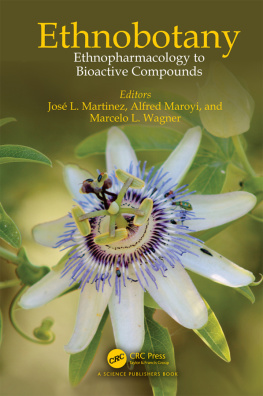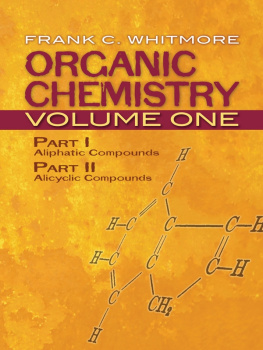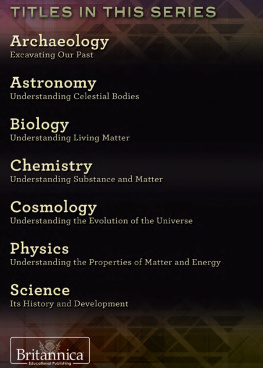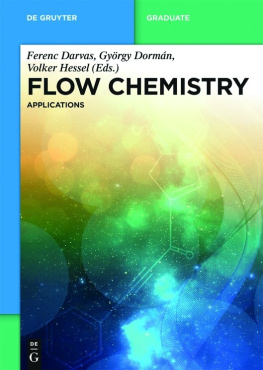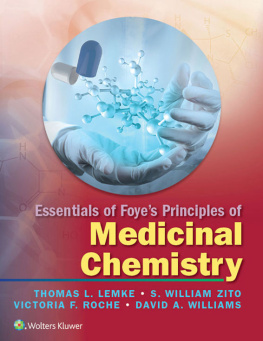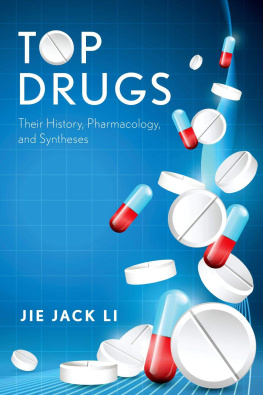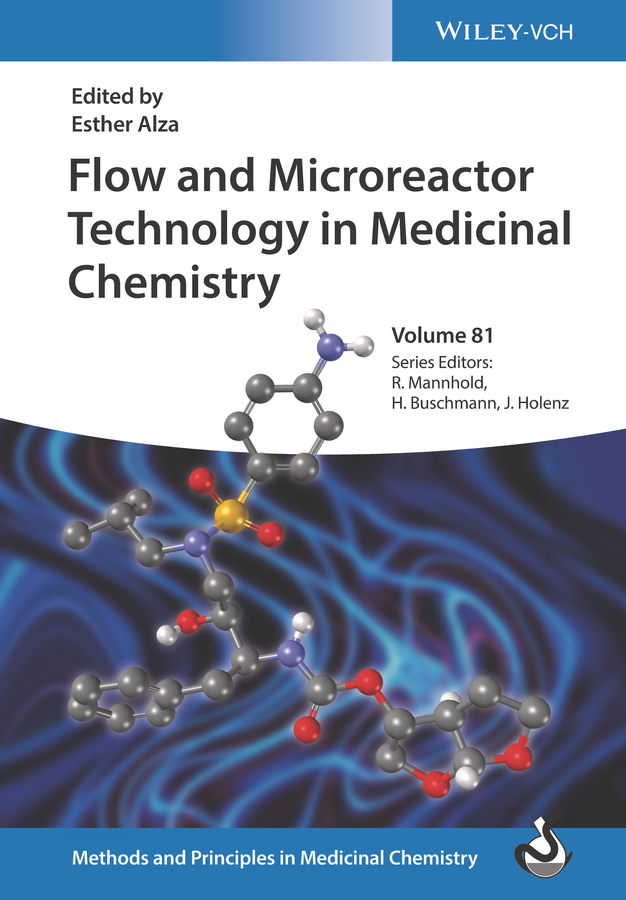
Table of Contents
List of Tables
- Chapter 1
- Chapter 2
- Chapter 5
- Chapter 7
- Chapter 9
List of Illustrations
- Chapter 1
- Chapter 2
- Chapter 3
- Chapter 4
- Chapter 5
- Chapter 6
- Chapter 7
- Chapter 8
- Chapter 9
Guide
Pages
Methods and Principles inMedicinal Chemistry
Edited by
R. Mannhold, H. Buschmann, J. Holenz
Editorial Board
G. Folkers, H. Kubinyi, H. Timmermann, H. van deWaterbeemd, J. Bondo Hansen
Previous Volumes of the Series
Bachhav, Y. (Ed.)
Innovative Dosage Forms
Design and Development at Early Stage
2022
ISBN: 9783527343966
Vol. 81
RbsamenSchaeff, H., and Buschmann, H. (Eds.)
New Drug Development for Known and Emerging Viruses
2022
ISBN: 9783527343379
Vol. 80
Gruss, M. (Ed.)
Solid State Development and Processing of Pharmaceutical Molecules
Salts, Cocrystals, and Polymorphism
2021
ISBN: 9783527346356
Vol. 79
Plowright, A.T. (Ed.)
Target Discovery and Validation Methods and Strategies for Drug Discovery
2020
ISBN: 9783527345298
Vol. 78
Swinney, D., Pollastri, M. (Eds.)
Neglected Tropical Diseases Drug Discovery and Development
2019
ISBN: 9783527343041
Vol. 77
Bachhav, Y. (Ed.)
Innovative Dosage Forms Design and Development at Early Stage
2019
ISBN: 9783527343966
Vol. 76
Gervasio, F. L., Spiwok, V. (Eds.)
Biomolecular Simulations in Structurebased Drug Discovery
2018
ISBN: 9783527342655
Vol. 75
Sippl, W., Jung, M. (Eds.)
Epigenetic Drug Discovery
2018
ISBN: 9783527343140
Vol. 74
Giordanetto, F. (Ed.)
Early Drug Development
2018
ISBN: 9783527341498
Vol. 73
Handler, N., Buschmann, H. (Eds.)
Drug Selectivity
2017
ISBN: 9783527335381
Vol. 72
Flow and Microreactor Technology in Medicinal Chemistry
Edited by
Esther Alza

Volume Editor
Dr. Esther Alza
Alza & Associates S.L. Sustainable Chemistry Consulting
Rnda del Canig, Agr 7, 10
08950 Esplugues de Llobregat
Spain
Series Editors
Prof. Dr. Raimund Mannhold
Rosenweg 7
40489 Dsseldorf
Germany
Dr. Helmut Buschmann
Sperberweg 15
52076 Aachen
Germany
Dr. Jrg Holenz
BIAL PORTELA & CA., S.A.
So Mamede Coronado
Portugal
Cover
Background illustration: Pexels/Merlin
All books published by WILEYVCH are carefully produced. Nevertheless, authors, editors, and publisher do not warrant the information contained in these books, including this book, to be free of errors. Readers are advised to keep in mind that statements, data, illustrations, procedural details or other items may inadvertently be inaccurate.
Library of Congress Card No.: applied for
British Library CataloguinginPublication Data
A catalogue record for this book is available from the British Library.
Bibliographic information published by the Deutsche Nationalbibliothek
The Deutsche Nationalbibliothek lists this publication in the Deutsche Nationalbibliografie; detailed bibliographic data are available on the Internet at .
2022 WILEYVCH GmbH, Boschstr. 12, 69469 Weinheim, Germany
All rights reserved (including those of translation into other languages). No part of this book may be reproduced in any form by photoprinting, microfilm, or any other means nor transmitted or translated into a machine language without written permission from the publishers. Registered names, trademarks, etc. used in this book, even when not specifically marked as such, are not to be considered unprotected by law.
Print ISBN: 9783527346899
ePDF ISBN: 9783527824601
ePub ISBN: 9783527824618
oBook ISBN: 9783527824595
Cover Design SCHULZ Grafik-Design, Fugnheim, Germany
TypesettingStraive, Chennai, India
Series Editors Preface
Recently, application of the flow technologies for the preparation of fine chemicals, such as natural products or active pharmaceutical ingredient s ( API s), has become very popular, especially in academia. Although pharma industry still relies on multipurpose batch or semibatch reactors, it is evident that interest is arising toward continuousflow manufacturing of organic molecules, including highly functionalized and chiral compounds. Therefore, it could be safely assumed that computercontrolled chemical synthesis using flow chemistry is becoming the key enabling technology for the chemistry laboratory of the future. Up to now these technologies were mainly being utilized in pharmaceutical industry in the field of the chemistry, manufacture, and control ( CMC ) by taking advantage of easy scaleup reactions. However, in the recent years many interesting articles by medicinal chemists have been reported, for example, the application of library synthesis in the hit and lead optimization field.
The book titled Flow and Microreactor Technology in Medicinal Chemistry An Emerging Technology Concept from Drug discovery to Process Development describes current and future uses in medicinal chemistry of this groundbreaking technology. Beside general chapters describing concepts of lab automation, several case studies explain the broad field of current and future applications of flow technology in the different phases of drug discovery and development from early hit and lead optimization to process development of multistep reactions. The contributing authors, all very well known as experts in this field, create a deep overview of the current status in the field and provide a solid ground that the reader will be inspired for future application. The following chapters give insight into this emerging technology:
- Chemistry at the Extremes: Turning Complex Reactions into Scalable Processes
- Automated Flow Chemistry Platforms
- Flow Chemistry Opportunities for Drug Discovery
- Flow Chemistry in Medicinal Chemistry Applications to BcrAbl Kinase Inhibitors
- Integrated Systems for Continuous Synthesis and Biological Screenings
- Application of ContinuousFlow Processing in Multistep API and Drug Syntheses
- ContinuousFlow Multistep Synthesis of Active Pharmaceutical Ingredients
- Enantioselective (Bio)Catalysis in Continuous Flow as Efficient Tool for the Synthesis of Advanced Intermediates and Active Pharmaceutical Ingredients
- Innovative Process Development of Pharmaceutical Intermediates Under ContinuousFlow System
The book editor Esther Alza was for many years the Manager of ERTFLOW at the Institute of Chemical Research of Catalonia ( ICIQ ), in Tarragona, Spain. Having obtained her PhD from ICIQ working on asymmetric catalysis and flow chemistry, she moved to the University of Cambridge as a Wellcome Trust Postdoctoral Fellow to work on medicinal chemistry. After this, she returned to ICIQ to lead the establishment of ERTFLOW as technology development unit. In 2020 she founded a spinoff that creates advanced technological tools for scientific research in the field of photochemistry, and recently she has also founded a company to develop further applications of flow microreactor technology in medicinal chemistry, process development, and novel technologies to offer this experience to pharmaceutical and fine chemistry companies.
Next page

